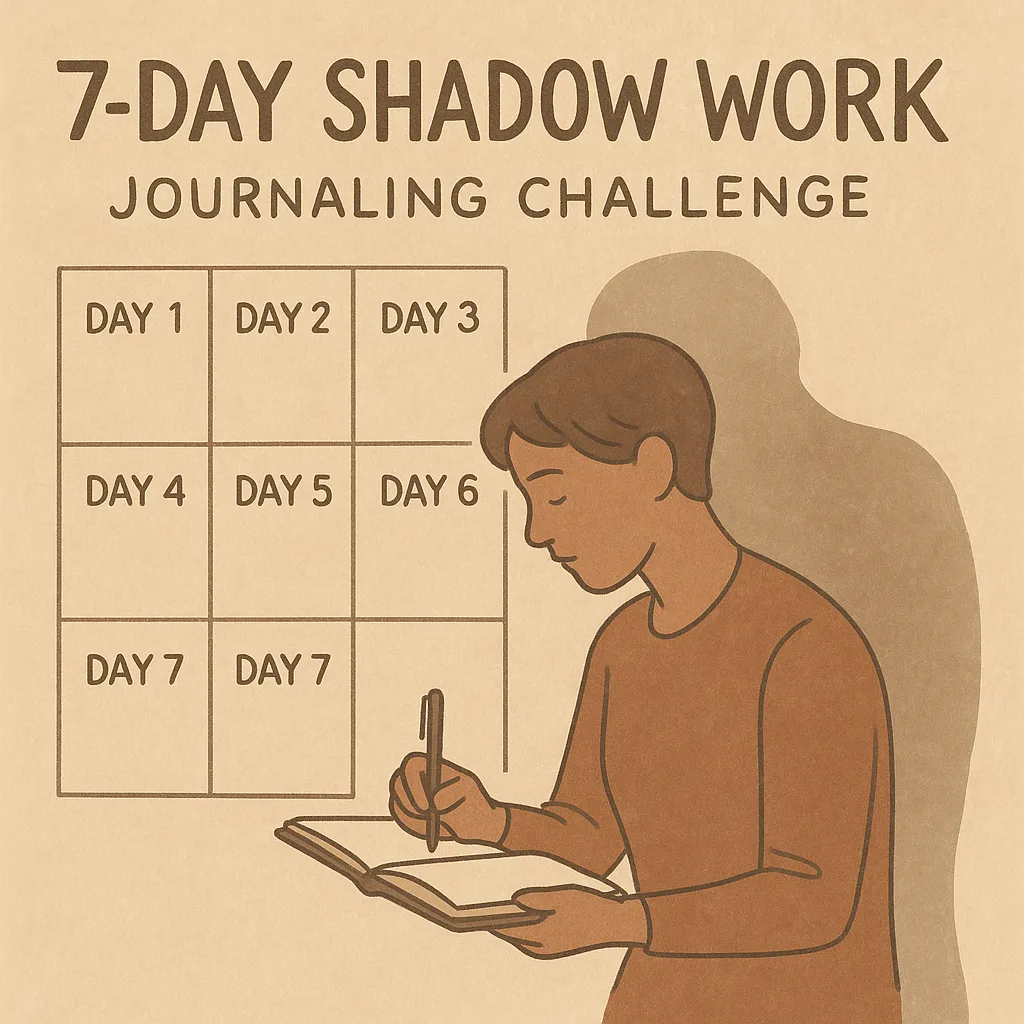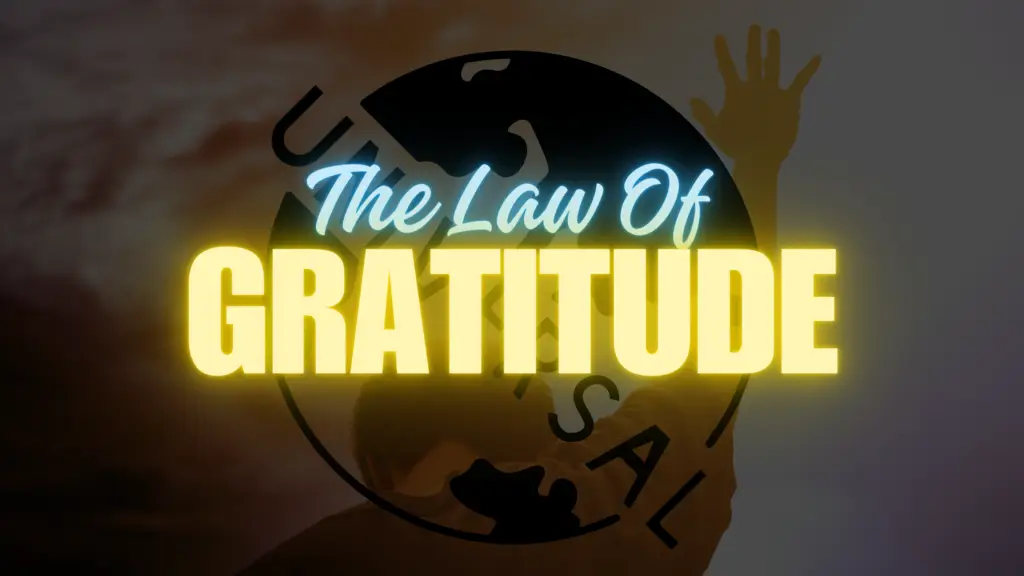Mastering Your Shadow

- Jose Flores
Share Article:
The Gateway to Wholeness
Every reaction, every emotion you deem “too much” or “inappropriate” holds a fragment of your unconscious self, quietly shaping your daily life. Shadow work invites you to befriend those hidden parts, transforming fear into curiosity, self-doubt into acceptance, and fragmentation into integration. By leaning into discomfort and gently exploring old wounds, you gain access to a wellspring of self-understanding and authentic power that fuels every area of your life—relationships, creativity, career, and beyond.
Understanding Shadow Work
When we hide parts of ourselves—anger we deem unacceptable, shame we shove aside, or desires we label “wrong”—those aspects remain active beneath the surface, shaping how we respond to people, opportunities, and challenges. Shadow work is the intentional practice of shining a light on these repressed feelings and patterns. It combines deep self-inquiry, journaling, and compassionate self-dialogue to integrate unconscious material into conscious awareness. As you steadily unveil what lies beneath, you reclaim energy once spent on denial, break free from self-sabotage loops, and cultivate a more cohesive, empowered sense of self.
Why Shadow Work Matters to You
Shadow work delivers profound, life-changing benefits precisely because it tackles root causes rather than surface symptoms:
Expands Self-Awareness: Learning to notice triggers—like snapping at a friend over a minor comment—gives you the power to pause, reflect, and choose a more thoughtful response instead of reacting on autopilot.
Heals Deep-Seated Wounds: Bringing childhood criticisms, past betrayals, and internalized shame into conscious awareness allows you to process and release these emotions, reducing their unconscious hold on your present well-being.
Fosters Authenticity: By integrating defensive “masks” such as the overachiever or people-pleaser, you allow your full, authentic self—with all its strengths and vulnerabilities—to shine through.
Strengthens Relationships: Owning your projections (“They’re so judgmental!”) helps you recognize how often you judge yourself that harshly, fostering empathy and deeper connections with others.
Accelerates Sustainable Growth: Instead of endlessly battling procrastination, perfectionism, or avoidance, shadow work uncovers the beliefs that fuel these habits, resulting in lasting change.
Related: How to Set SMART Goals

Your 7 Day Shadow Work Challenge
Related: Habits: The Building Blocks
Your 7-Day Shadow Work Challenge
Dedicate 10–15 minutes daily to these structured exercises. Begin each session with a few grounding breaths, then move through the prompt mindfully. Record your insights in a journal or digital document.
| Day | Focus & Why It Matters | Exercise |
|---|---|---|
| 1 | Spot Your Triggers Triggers are doorways into your shadow. | List three recent strong emotions. For each: what happened? What automatic reaction did you have? |
| 2 | Revisit a Childhood Memory Early experiences shape adult patterns. | Choose one vivid memory. Describe sensory details (sounds, smells, sights) and how it made you feel. |
| 3 | Projection Check We see in others what we deny in ourselves. | Note a judgment you made today. Ask: what does this reveal about an unacknowledged part of me? |
| 4 | Inner Critic Dialogue Compassion defuses harsh self-judgment. | Script a two-column conversation: Inner Critic vs. Your Compassionate Self. Respond with kindness. |
| 5 | Identify Your Shadow Archetype Archetypes map recurring patterns. | Pick one archetype (e.g., Perfectionist, Rebel). List its strengths and its shadow side—how it holds you back. |
| 6 | Integration Affirmations Words rewire neural pathways. | Write three affirmations that welcome your shadow (e.g., “I honor every part of me with curiosity and care”). |
| 7 | Reflect & Plan Reflection turns insight into sustained action. | Review Days 1–6. What was your biggest “aha”? Set one clear intention for continuing your shadow work. |
Pro Tip: Date each entry. Over time, you’ll see your journaling tone shift from resistance to curiosity and self-compassion.

Real-Life Mini Case Studies
Maria’s Path to Imperfection
Maria’s perfectionism manifested in her reluctance to publish blog drafts. On Day 5, she identified the “Perfectionist” shadow archetype—rooted in childhood praise only for flawless grades. By Day 6, she crafted affirmations like “I learn and grow through mistakes.” That week, she finally hit “publish” and discovered the joy of sharing imperfect work.
Jamal’s Burnout Breakthrough
On Day 3, Jamal recorded a harsh judgment of colleagues as “lazy.” Tracking this judgment back, he uncovered a fear of being seen as unproductive. He used Day 4’s inner critic dialogue to replace self-criticism with kindness, then set healthier work boundaries. As a result, his stress and burnout dropped significantly.
Tips for Getting Started with Shadow Work
Embarking on shadow work can feel daunting. Here are practical tips to help you begin confidently and safely:
Create a Sacred Space:
Designate a quiet, comfortable corner—complete with a journal, pen, and perhaps a candle or soothing music. Having a consistent setting signals your mind that it’s time for inner exploration.Set a Clear Intention:
Before you start each session, state aloud or write down, “My intention is to explore my inner world with curiosity and compassion.” An intention grounds your practice and reminds you of your purpose.Start Small:
You don’t need to tackle your deepest wounds on day one. Begin with minor triggers—like frustration over a delayed email—and journal about it. Small successes build confidence.Use Guided Prompts:
If freewriting feels overwhelming, select one prompt (from the 7-Day Challenge or below) and spend your time expanding on that single question. Examples:“What emotion have I been avoiding today?”
“When did I last feel deeply ashamed, and why?”
Practice Self-Compassion:
Remember that uncovering painful material is courageous work. If you notice harsh self-judgment creeping in, pause and offer yourself kindness—imagine comforting a dear friend.Pair with Grounding Rituals:
After journaling, do something gentle to return to the present moment. Stretch, go for a short walk, or focus on your breath for five deep inhales and exhales.Find an Accountability Partner:
Share your intention with a trusted friend or join a support group. Checking in weekly with someone keeps you motivated and provides an external perspective when you feel stuck.Be Consistent:
Schedule shadow-work sessions as you would any important appointment. Even 10 minutes, three times per week, will yield meaningful insights over time.
Expert Guidance for Safe Practice
“Shadow work can surface intense emotions and memories. Pair each journaling session with a grounding ritual—five slow breaths, a brief walk outside, or talking with a supportive friend. This practice ensures you stay anchored and process material safely.”
—Dr. Elena Torres, Jungian Analyst
Frequently Asked Questions (FAQ)
Start by jotting a single word—“anger,” “fear,” or “sadness.” Then ask “Why?” and let free writing flow. Even a few sentences break the ice.
Look for shifts in tone. Early entries may feel heavy or chaotic; over time, you’ll write with more clarity, curiosity, and compassion.
Pause. Engage in a soothing activity—meditation, gentle movement, or talking with a trusted person. If you experience panic or suicidal thoughts, seek professional help immediately.
Most people begin to feel subtle shifts—greater self‐awareness or emotional relief—within 2–3 weeks of regular practice. Deeper transformation often unfolds over months of consistent work.
Therapy offers guided, interactive support and diagnoses, whereas shadow work is a self-directed practice focused on conscious integration of hidden traits. Both can complement each other.
Yes—journaling apps like Day One, guided-meditation apps like Insight Timer, and mood-tracking tools can all help you log insights and stay accountable.
Resources for Further Exploration
Books
- "Owning Your Own Shadow" by Robert A. Johnson — A classic deep dive into Jungian shadow theory and integration techniques.
- "Meeting the Shadow" edited by Connie Zweig & Jeremiah Abrams — A comprehensive anthology exploring the shadow from multiple perspectives.
Podcasts & Audio
- Insight Timer: Shadow Work Meditations — Search "Inspired Self Development" for free guided sessions.
- On Being with Krista Tippett — Reflective conversations on the human experience and self-integration.
Web Articles & Tools
- Psychology Today: Understanding Your Shadow Self — An accessible overview of shadow dynamics.
- Jung Platform — Online courses on Jungian psychology and shadow integration.
Online Courses
- Coursera: Positive Psychology Specialization — Modules on self-awareness and emotional well-being.
- Udemy: The Complete Shadow Work Program — Step-by-step video guides and exercises.
Please note that the links provided are for informational purposes only and do not constitute endorsement.
Featured Post
Learn more from the author behind the blog.
- All Posts
- Mindset Mastery
- Self-Development

Unearth the parts of yourself you’ve hidden with “What Is Shadow Work?”—a concise guide featuring a 7-day journaling challenge, expert...

Delayed gratification is a powerful skill that can transform your life by prioritizing long-term rewards over immediate desires. Discover its...

Explore practical tips and insights for creating a conducive environment that promotes personal growth and development.
Welcome

Hey there! I’m Jose Flores, your guide on this journey of self-discovery and inspired living. As a passionate advocate for personal development, I believe that every small step we take leads to profound transformation. Join me as we navigate the twists and turns of life, uncovering the secrets to self-mastery, mindfulness, and positive growth



